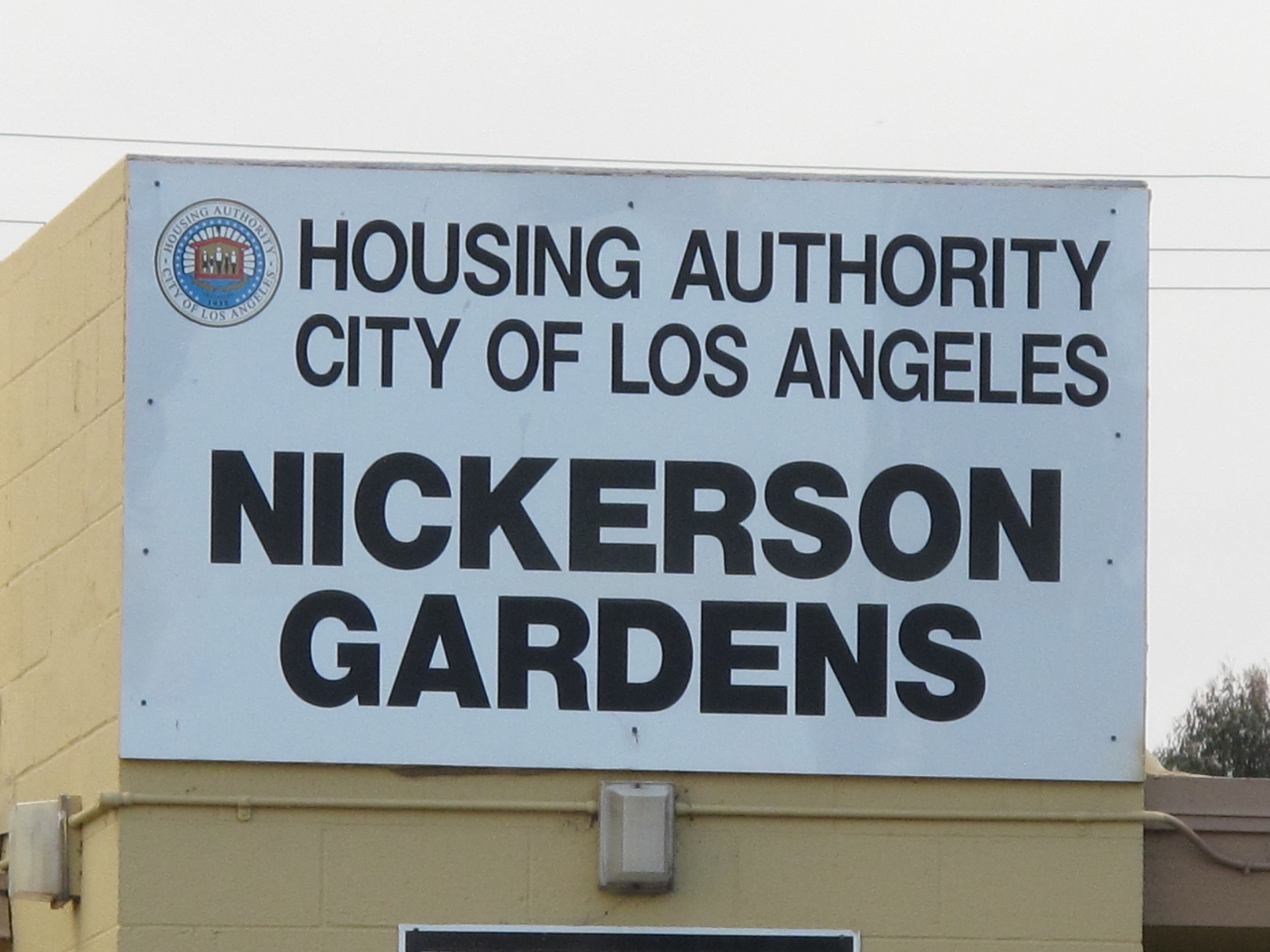PEPE IN GRANI
This is the menu of Pepe in Grani, my second favorite pizzeria in the world This is rationally explained in a previous official document first released here and read by more than 45 people and later, thanks to a tweet by Ruth Reichl, (@ruthreichl) by over 1,000. Franco Pepe sent this menu to Krikorian Writes and urged Pepe in Grani loyalists to join his facebook page which is https://www.facebook.com/pepeingrani
Pepe in Grani is located in the town of Caiazzo roughly 50 kilometers north of Naples and 150 kilometers south of Rome.
Vico S. Giovanni Battista, 3, 81013 Caiazzo,
+39 0823 862718
Classic pizzas
La pizza a libretto €1,50
smaller size pizza with tomato sauce, garlic, oregano and evo oil caiazzana variety
Schiacciata €2,50
salt, oregano, evo oil caiazzana variety
Margherita €3,90
tomato sauce, fiordilatte, evo oil caiazzana variety
Marinara classica €3,00
tomato sauce, oregano, garlic, evo oil caiazzana variety
La Boscaiola €6,00
tomato sauce, fiordilatte, mushrooms, speck, oregano
Ai porcini €6,00
fiordilatte, porcini mushrooms, oregano
La Piccante €5,00
fiordilatte, tomato sauce, spicy salami, oregano
Al pomodorino fresco €5,50
fiordilatte, cherry tomatoes, basil, evo oil caiazzana variety
Calzone classico €6,00
fiordilatte, tomato sauce, cooked ham
The original
Marinara di mastro Stefano €4,00
the classic + anchovies and capers
Pdo Margherita €6,50
S.Marzano Pdo tomato sauce, Pdo buffalo mozzarella, evo oil caiazzana variety
L’Alifana €6,50
fiordilatte, scamorza cheese, Alife onions, bacon, oregano
La Pinsa conciata del ‘500 (mastunicola) €7,00
nero casertano lard, pepper, Alto Casertano oregano, basil, conciato romano (Alto Casertano pecorino cheese), on demand, Cilento figs jam
La Riccia Nero ripiegata €8,00
fiordilatte, smoked scamorza cheese, nero casertano sausage, curly endive, oregano
La nero casertano €8,50
tomato sauce, fiordilatte, smoked scamorza cheese, nero casertano sausage, oregano, evo oil caiazzana variety
Il sole nel piatto €9,00 (ORDER THIS )
Pdo buffalo mozzarella, Pdo Vesuvius’ piennolo tomato, Cetara anchovies, caiazzane olives, Alto Casertano oregano
Il piennolo €7,50
Pdo buffalo mozzarella, Pdo Vesuvius’ piennolo tomato, basil, evo oil caiazzana variety
L’orto del giorno €6,50
fiordilatte, seasonal vegetables
Ai sapori del Cilento €9,00
Pdo buffalo mozzarella, ricotta from Paestum and Cilento Pgi artichoke
La ceci delle colline caiatine (subject to availability) €9,00
fiordilatte, Caiazzo hills chickpeas, loin of nero casertano, curly endive, garlic, evo oil caiazzana variety
Aglio, olio e peperoncino €6,00
garlic, Cetara anchovies, chili pepper, parsley, nero casertano lard, Alto Casertano oregano, evo oil caiazzana variety
Calzone con scarola riccia €8,00
curly endive, Cetara anchovies, capers, caiazzane olives, evo oil caiazzana variety
4 stagioni €7,00
tomato sauce, fiordilatte, carciofi, mushrooms, capers, anchovies, olives, cooked ham
Capricciosa €6,50
tomato sauce, fiordilatte, capers, anchovies, baby artichokes, caiazzane olives
Ai Formaggi €6,00
fiordilatte, scamorza cheese, pecorino cheese, grana, oregano
Con patate lesse e condite €5,00
fiordilatte, potato with evo oil caiazzana variety, oregano and garlic
Calzone de “Il Casolare” €8,50
Pdo buffalo mozzarella, ricotta, scamorza cheese, nero casertano sausage, spot of tomato sauce
Schiacciata gustosa €7,00
fiordilatte, scamorza cheese, porchetta (italian roasted pork), arugula, oregano
Schiacciata fresca €7,00
fresh tomato sauce, pecorino cheese, raw ham, arugola
Fried pizzas
Calzone €4.00
ricotta cheese, smoked scamorza cheese, salami, pepper
Montanara €4,00
tomato sauce, oregano, capers
Tasting menu
(we recommend a minimum of 3/4 people)
1] Pdo Margherita, Marinara, Calzone con scarola riccia, La nero casertano, La pinsa conciata del 500. €42,00
2] Pizza fritta, Il Piennolo, Calzone con scarola riccia, Calzone de “Il Casolare”, La pinsa conciata del ‘500. €46,00
3] Pdo Margherita, Il sole nel piatto, La riccia nero ripiegata, La cilentana, La pinsa conciata del ‘500. €50,00
Pizzas are served in succession and divided by the number of diners to taste the quality without overlapping the flavors. For this reason, the tasting option provides a slight increase in price compared to the sum of the individual pizzas, due to the greater time of occupation of the table. Equivalent service mode, will be considered tasting menu.
Appetizers
Bruschetta €1,50
fresh tomato, oregano, garlic, evo oil caiazzana variety
Tagliere del territorio €10,00
culatello from Matese or local ham, sausage, sun-dried tomatoes, Alto Casertano cheese, caiazzane olives
Potato croquettes (3 pcs, homemade) €3,00
Typical dishes
(based on day availability)
Soffritto (chilli steamed pork offal)
Pancotto (bread, ham and vegetable soup)
Baccalà (fried cod)
Dessert
Homemade or artisan pastry €3,00
“Nonna Amelia” biscuits, 1 portion (3 pcs) €3,00
with Pallagrello wine, olive oil caiazzana variety
and hazelnuts
Also from the menu :
Pepe in Grani is a project of Franco Pepe. It’s the place in which the experience of three generations of masters of the bakery converge and where Franco practices its desire of experimentation. Pizza, research and hospitality are the three point of reference of the whole structure, which is meant to be a window on the territory, on the gastronomic tradition and the virtuous producers of Alto Casertano area.
The dough is made exclusively by hands and it’s worked in the cupboard of wood, without the use of mixers or electricity and is left to rise naturally to ambient temperature.
The products present in this menu are researched and personally selected by Franco and served following the seasons, as well as its pizzas and its fillings.














